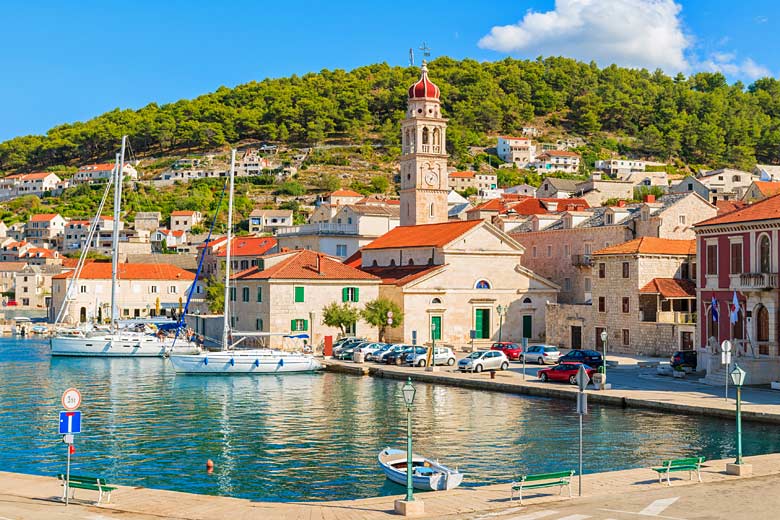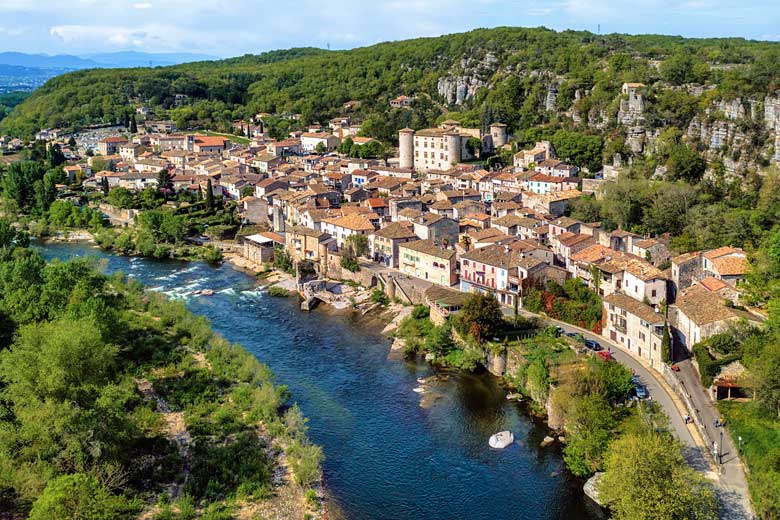7 alternatives to Barcelona's most popular sights
Barcelona* is one of Spain's most popular cities and its struggle with over-tourism has been well-documented. But there's more to this colourful Catalan capital than just its super-busy blockbuster sights.
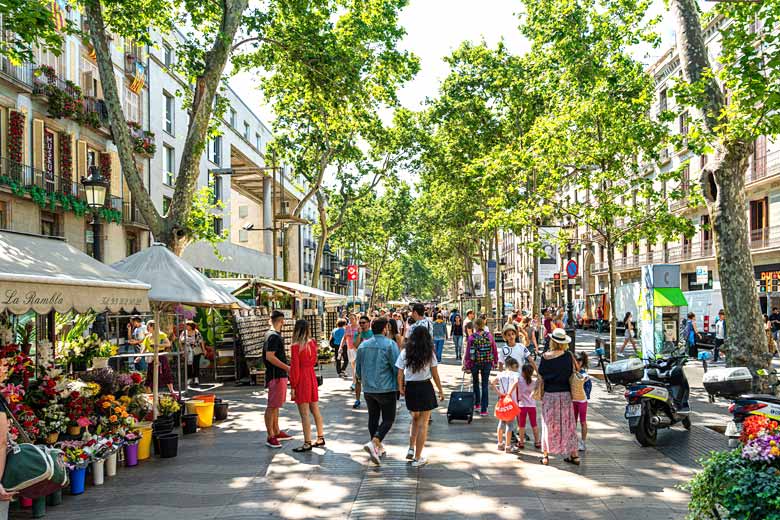
Whether you've seen them before or just want to avoid overcrowded places, here are some alternatives to Barcelona's top attractions.
Getting to Barcelona: did you know that TUI* also offers great value city breaks?
Find your perfect combination of flights and accommodation when you book using the latest online deals from TUI City Breaks*.
Go to the Recinte Modernista de Sant Pau
The Sagrada Família is not only Barcelona's most-visited tourist attraction, but it's also the most visited in the whole of Spain* with around 2.8 million visitors per year. This means that tickets need to be booked weeks in advance and it's always crowded.
There's no doubt that Antoni Gaudí's Sagrada Família is quite a sight to behold, but take a 10-minute walk up the road and you'll come across another UNESCO World Heritage site that's just as striking: the Recinte Modernista de Sant Pau.
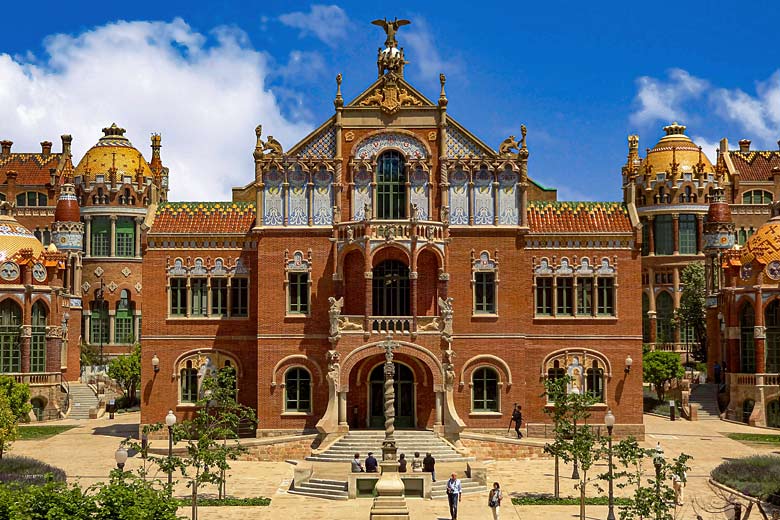
This old hospital was designed by the city's other beloved architect, Lluís Domènech i Montaner, and was completed in 1930. It is, without a doubt, the most stunning hospital you've ever seen and is also the largest Modernista complex in the world.
It is made up of various pavilions, each one covered in a dazzling array of multi-coloured mosaics and floral tiles, and filled with elegantly sculpted columns.
Visit Casa Vicens
Along with La Pedrera, Casa Batlló is arguably Gaudí's most celebrated house. Its iridescent façade is spectacular, but you'll need to pay quite a bit for the inside and it's often very busy.
For a great alternative, head to Casa Vicens instead. Casa Vicens was, in fact, the first house that Gaudí designed and was completed back in 1885.
Although not as revered as Casa Batlló, hidden away in the barrio of Gracia, its façade is equally impressive, covered in bright green and red tiles, dotted with tiny sunflowers.
Inside, the colours and innovation continue, each room completely different from the next, from the royal blue Arab-inspired room to one with 3D floral relief ceilings and walls decorated with birds.
Explore Parc del Laberint
Gaudí's Parc Güell used to be partly free to access so that even if you couldn't get tickets to the central area, you could still visit to find out what this incredible park was all about.
Unfortunately, now there's no part of the park you can access for free, so for a remarkable alternative that's just as whimsical and surprising, visit the Parc del Laberint d'Horta instead.
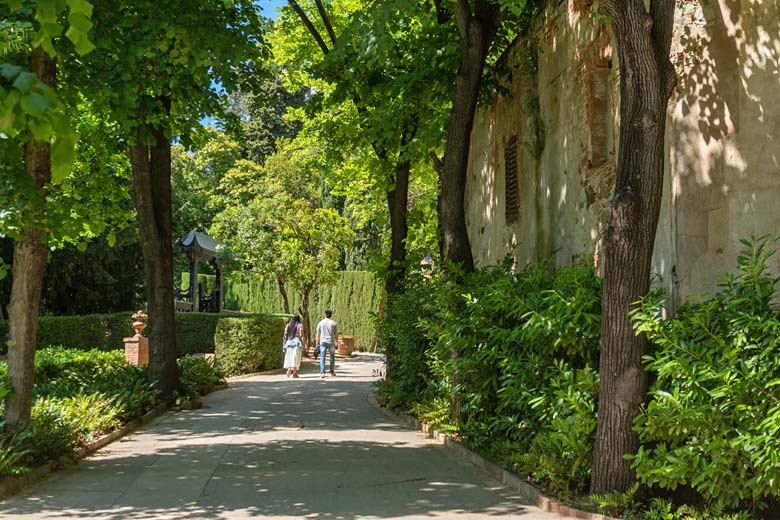
The park is free on Sundays and Wednesdays and the rest of the week it's the very affordable price of €2.23. Created in 1808 by the Italian engineer Domenico Bagutti, it's the city's oldest conserved garden.
As the name suggests, it's home to a large hedge labyrinth, which will keep both adults and the kids entertained. In addition to the maze, there are nods to Neoclassical and Romantic styles in the Greek statues, busts, fountains and secret little gardens.
Walk Rambla de Catalunya
La Rambla is arguably Barcelona's most renowned street, the one that every visitor feels they must walk down. The truth is that while it's still wildly popular, it's lost much of its charm.
It's overcrowded, it's pickpocket central and it's lined with kebab takeaways and other inauthentic tourist restaurants. For this reason, most locals completely avoid it.
For a much better alternative, make your way to Rambla de Catalunya, which lies just on the other side of Plaça de Catalunya. Like Las Ramblas, it still has that leafy central pedestrianised walkway.
The street is lined with elegant Catalan Modernista buildings, excellent stores and a great array of restaurants and tapas bars.
Look out for some of the city's oldest shops, a few of which have sold the same items for over a century, including the deli Colmado Quilez, the bakery Pastelerías Mauri and tailors La Sibéria.
Discover Palau Güell
The undulating building of La Pedrera, also known as Casa Mila, is one of the most popular sights in the city, receiving around 3,000 visitors a day or just over one million a year.
Again, it was designed by Barcelona's celebrated son, Gaudí. If the idea of that many people puts you off or there are no tickets available, make your way to Palau Güell instead.
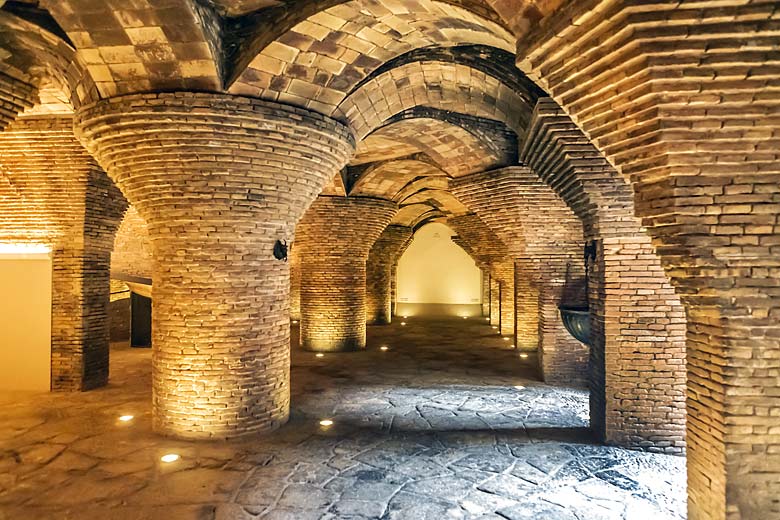
Hidden down a small road off the bottom of La Rambla, this impressive palace was also designed by the famous architect as the home for his patron Eusebi Güell and his family.
Built in 1888, it's mesmerising throughout, from the wrought iron decorations on the front and the perfect parabolic arches in the entrance hall to the state-of-the-art horse stables in the basement and the grand music room upstairs.
Like La Pedrera, the rooftop is also one of the main attractions, featuring quirky and fanciful chimneys but, unlike the stone tones of La Pedrera, these ones are rainbow-coloured.
Shop at Mercat Santa Caterina
Located along La Rambla, La Boqueria is Barcelona's oldest covered market, and, of course, its most well-known too.
Today, however, many of the traditional stalls selling the likes of cheeses and vegetables have been given over to tourist stalls selling tropical fruit shakes and novelty chocolates, and the vibe is not as it once was.
For a more authentic market experience, visit Santa Caterina instead. First built in 1845, it was renovated in 2005 with the addition of a brightly coloured rolling rooftop, representing the pixelated colours of all the fruits and vegetables inside.
This market is still full of locals going about their daily shop and is a great place to pick up some both Spanish and Catalan products.
Scale Mount Tibidabo
Barcelona's grand cathedral is slap bang in the middle of the old town, or Ciutadella, meaning it's always busy. To escape the crowds, head up to Mount Tibidabo, high above the city, and the Sagrat Cor church instead.
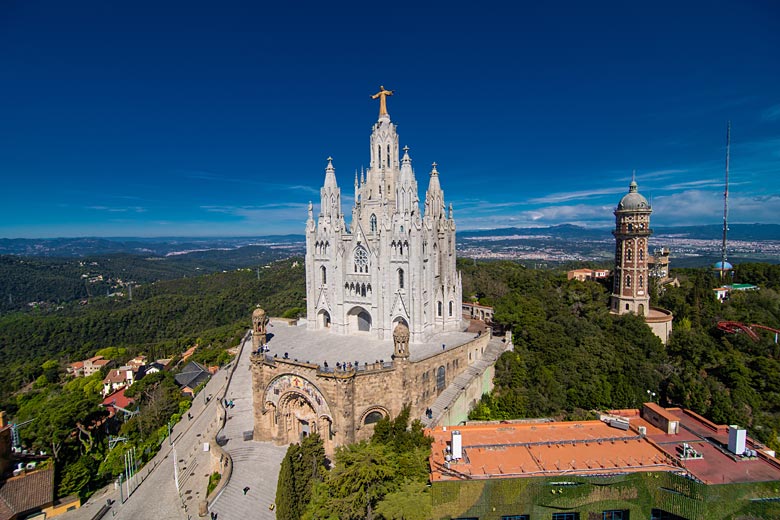
The church of the Sacred Heart may not be as large as the cathedral, but sat atop the 512m-tall hill and mounted by a giant Christ statue, it's just as striking.
Entrance enables you to climb to various levels, including right up to the very top, offering the most incredible views over the city.
To top it all off, there's even an old-fashioned vintage-style amusement park next door, complete with a Ferris wheel, a wooden rollercoaster and a ride-on plane, which flies out over the steep drop below.
Weather in Barcelona
| Jan | Feb | Mar | Apr | May | Jun | Jul | Aug | Sep | Oct | Nov | Dec | |
|---|---|---|---|---|---|---|---|---|---|---|---|---|
| Maximum daytime temperature °C |  13 13 |
 14 14 |
 15 15 |
 17 17 |
 20 20 |
 24 24 |
 27 27 |
 27 27 |
 25 25 |
 21 21 |
 17 17 |
 14 14 |
| Hours of sunshine (daily) | ||||||||||||
| Days with some rainfall |  13 13 |
 11 11 |
 12 12 |
 11 11 |
 11 11 |
 8 8 |
 5 5 |
 8 8 |
 9 9 |
 11 11 |
 11 11 |
 12 12 |
| Sea temperature °C |  13 13 |
 13 13 |
 13 13 |
 14 14 |
 17 17 |
 21 21 |
 24 24 |
 25 25 |
 24 24 |
 21 21 |
 17 17 |
 15 15 |
Ready to discover Barcelona's quieter attractions? Don't miss the latest discounts from TUI City Breaks to get there for less.
More about Spain
- Overview
- Best time to visit
- Weather by month
- 5-day weather forecast
- Destinations
- Travel advice
- Deals & discounts
Spain by month
Jan Feb Mar Apr May Jun Jul Aug Sep Oct Nov Dec
Explore holidays in the sun for less
- Beach holidays
- Family holidays
- City breaks
- Summer holidays
- Winter sun holidays
- Holiday offers
- Top travel brands
- Airlines & flights
- Discount hotels
- Airport parking deals
- TUI
- Jet2holidays
- easyJet holidays
- Love Holidays
- January sales
Airport parking
- Manchester Airport
- Stansted Airport
- Bristol Airport
- Luton Airport
- Birmingham Airport
- Edinburgh Airport
- Gatwick Airport
- Glasgow Airport
- Newcastle Airport
Airport lounges
- Manchester Airport
- Birmingham Airport
- Bristol Airport
- Edinburgh Airport
- Glasgow Airport
- Heathrow Airport
- Newcastle Airport
- Stansted Airport
- Gatwick Airport
Be inspired
Get your weekly fix of holiday inspiration from some of the world's best travel writers plus save on your next trip with the latest exclusive offers
We promise not to share your details

















